It’s April. You’ve been toiling away at university for the past three years, lectures are finally drawing to a close and you’re putting the finishing touches to your home-brewed race car.
To outsiders, that might seem like a distraction from learning. But to land that dream job in Formula 1, you’ve got to prove your worth first – and there’s no better place for doing so than Formula Student, the annual and increasingly high-profile motorsport competition open to the world’s top academic talents.
But then you hear a pop. Your EV battery, itself a year’s work for the master’s student in your team, has just detonated. With it seemingly goes the hopes of your 70-person team making it to July’s big final at Silverstone: years of effort have quite literally gone up in flames.
Yet through sheer determination, you summon all the help you can find and the car is rebuilt days before you’re due on the grid.
It might seem like a tall tale, but that’s what one Formula Student team faced this year. And it’s just one of hundreds of similar stories floating around the paddock, all of them formative experiences for the next generation of top motorsport and automotive engineers. Everyone present is here because, having sacrificed years of study sessions (and perhaps the odd pub night), they desperately feel the need for speed.
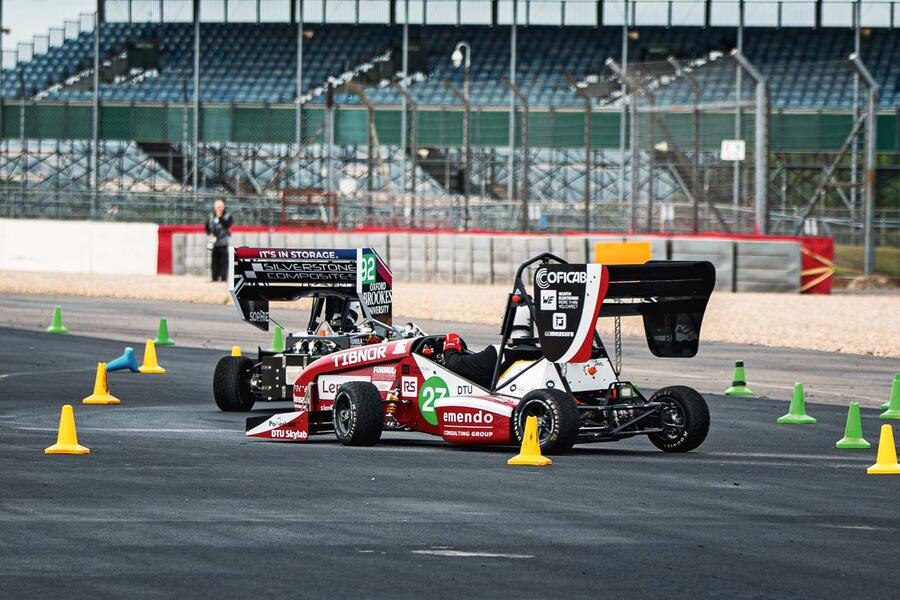
The competition itself is split across three disciplines. The first, Formula Student (or FS), established in 1998, tasks teams with building their own cars. These are put through a series of dynamic tests and are scored accordingly.
The second discipline, Concept, is for those eyeing a future entry, giving them a chance to experiment with new ideas. Competitors are allowed to fabricate components or a rolling chassis without the requirement of designing or building a running vehicle.

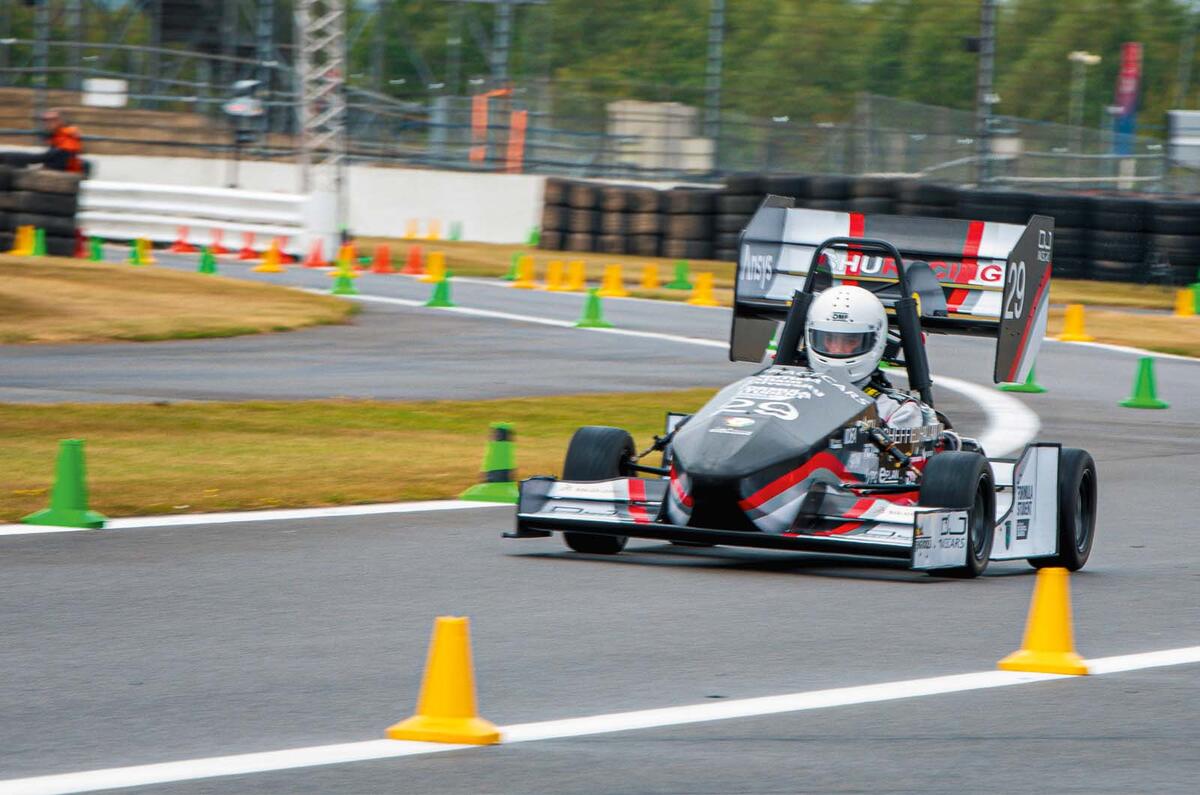
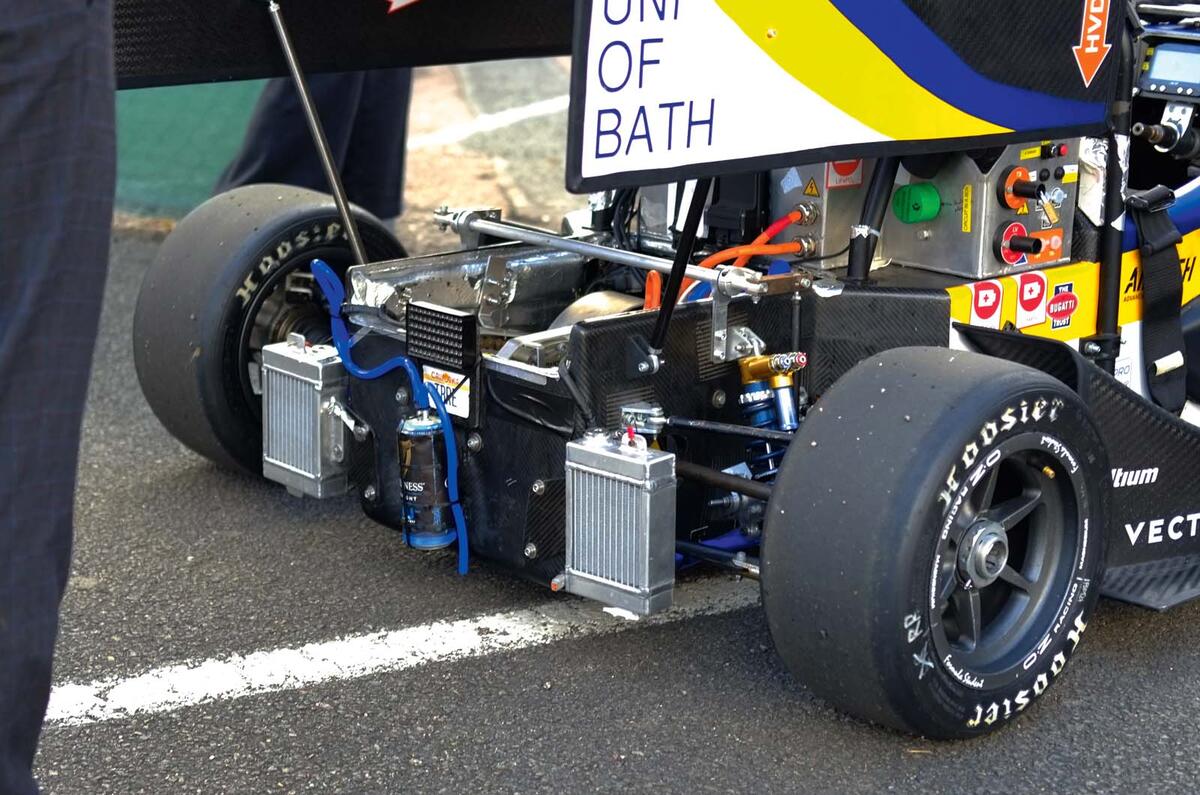

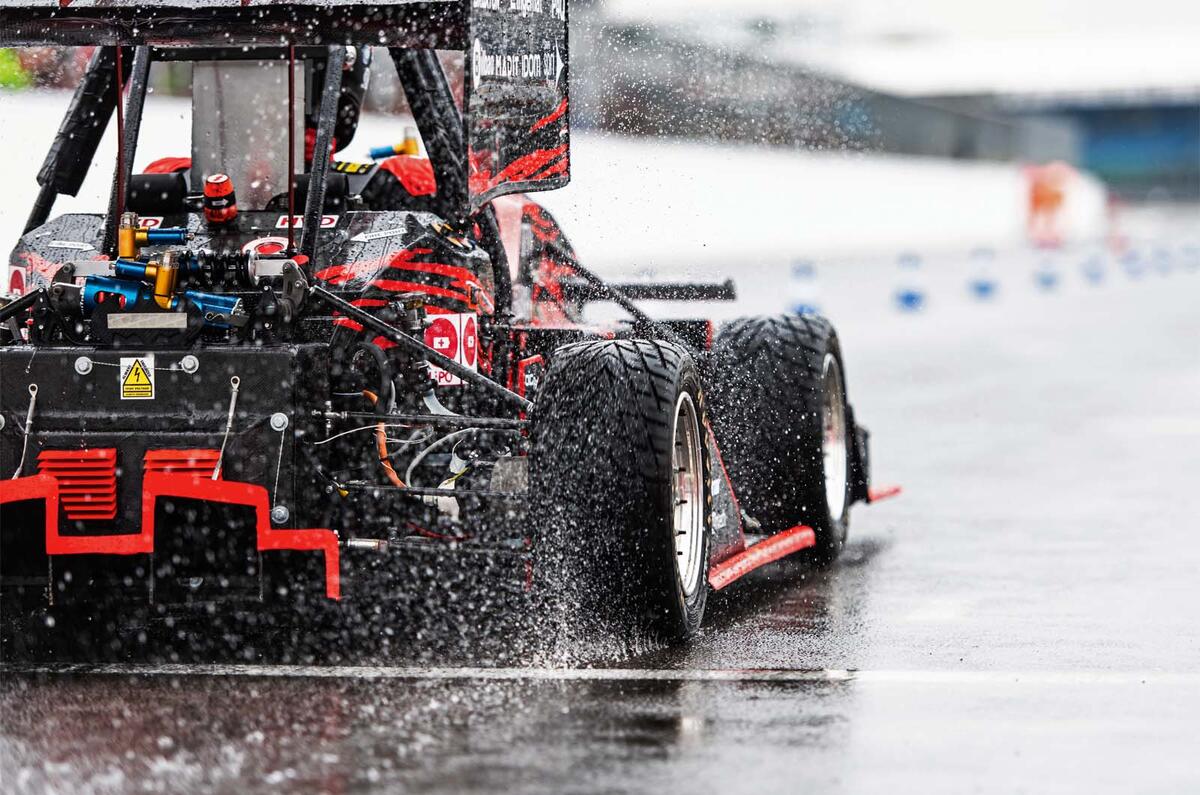

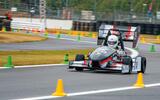
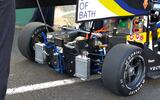
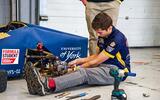
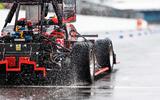
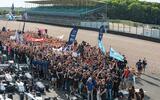

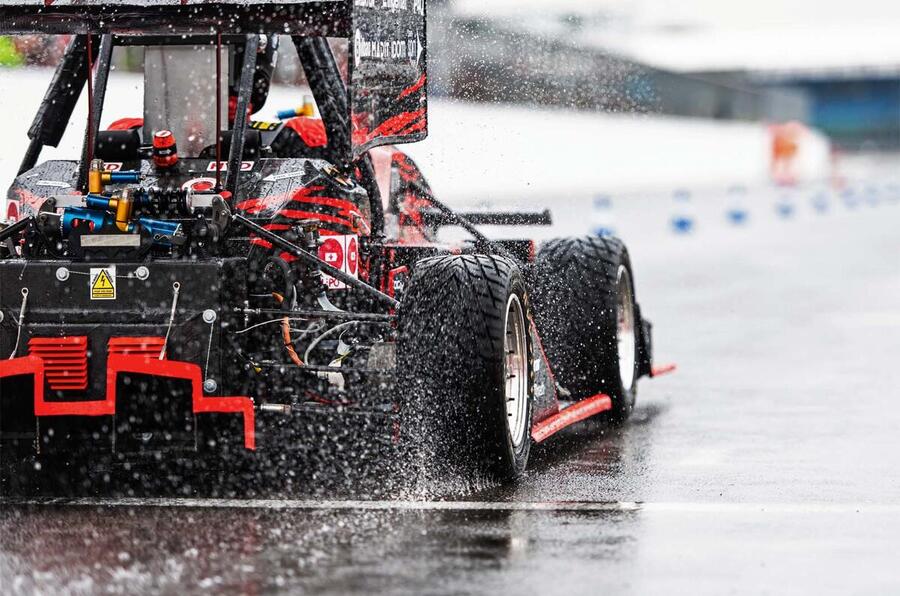
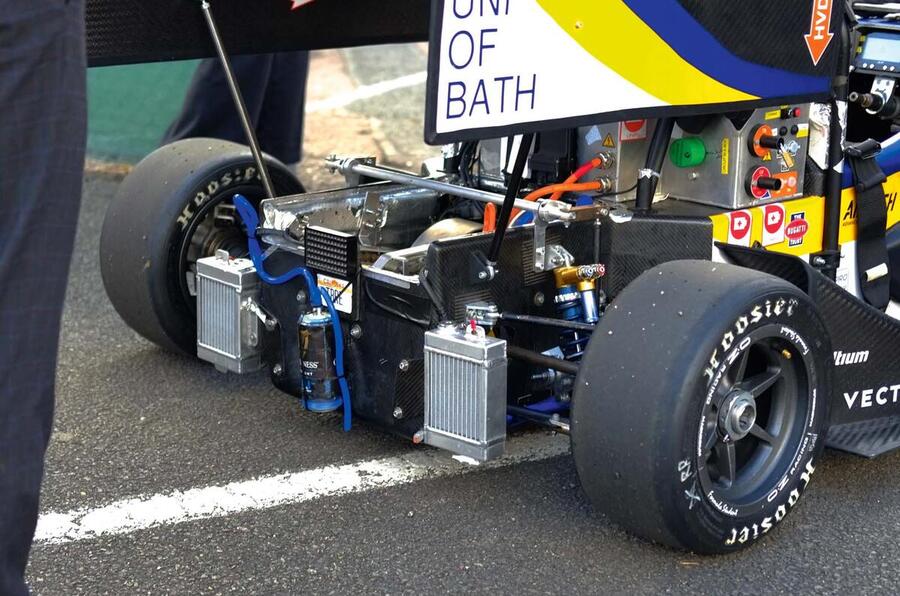
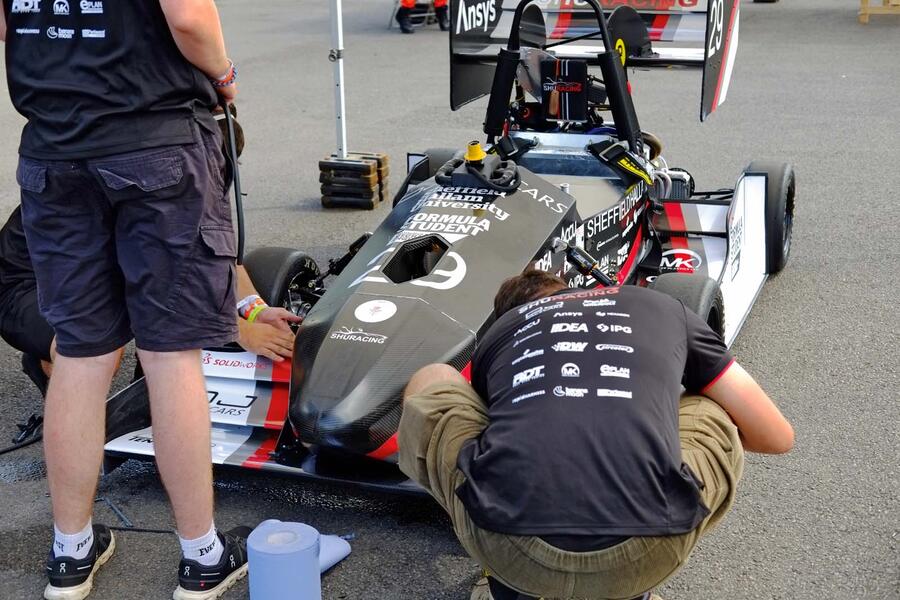
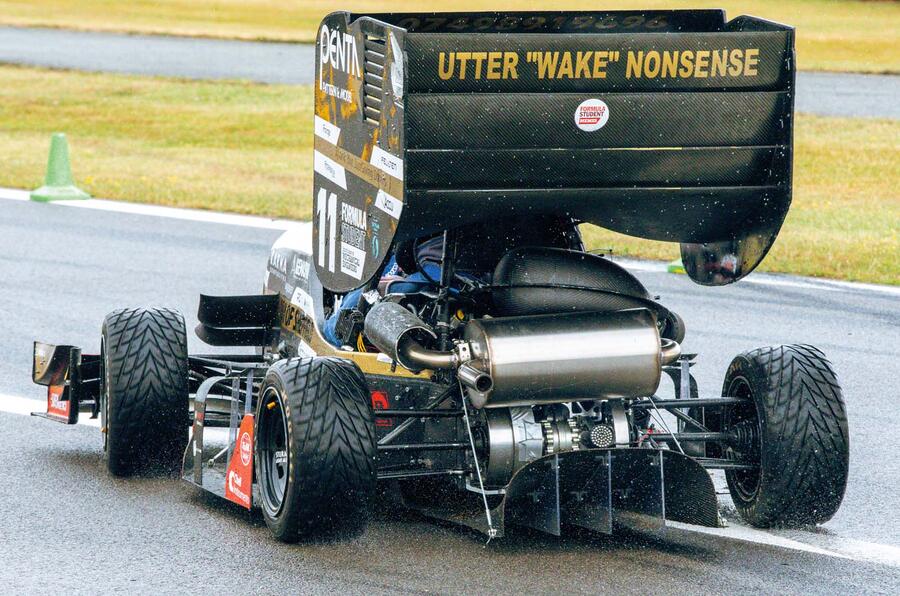





Join the debate
Add your comment
How many people who have just spent three years in uni, can also afford to build their own race car, unless they have well-off parents?
How sad of you bitter Bob. It says students several times, the clues are there but your class war goggles must have slipped over your eyes.